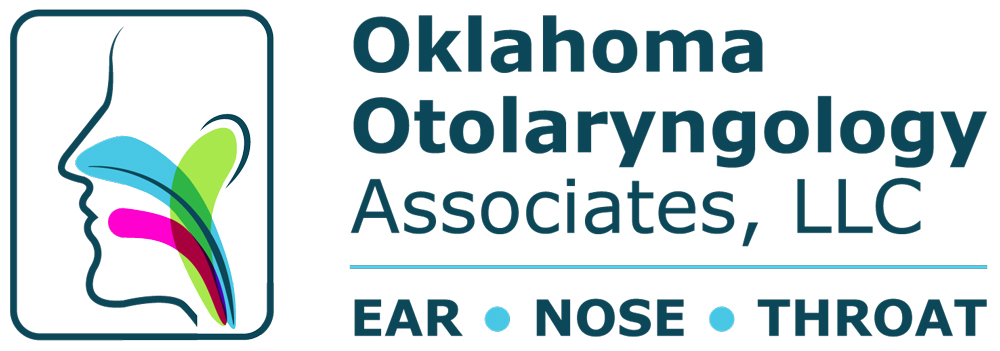All About Sleep Apnea
Are you yawning all day, and snoring all night? Always feeling tired during the day, yet regularly find yourself in a restless fit while trying to sleep? You may be suffering from sleep apnea.
So, what exactly is sleep apnea?
Sleep Apnea
Sleep apnea occurs when a person experiences shallow breathing or one or more pauses in breathing while asleep. The length of these pauses ranges from a few seconds to minutes, and they may occur more than 30 times per hour. Standard breathing usually returns after some time, often accompanied by a snorting or choking sound.
Sleep apnea often leads to poor rest, because the body moves from a deep sleep to a light one as breathing shallows or pauses. It is also, typically, an ongoing condition. These factors make it one of the more common causes of daytime drowsiness.
The most commonly diagnosed type of sleep apnea, obstructive sleep apnea (OSA), often includes snoring. OSA is a serious condition “characterized by multiple episodes of breathing pauses greater than 10 seconds at a time, due to upper airway narrowing or collapsing.” Continue reading this page from the American Academy of Otolaryngology- Head and Neck Surgery for more information.
Somewhere around 45% of adults snore occasionally, but around 25% snore habitually. It is likely that many of these snorers have undiagnosed sleep apnea. Since the condition occurs while sleeping, it often takes a relative, friend, or other person in close proximity to point out the issue.
Risks of Sleep Apnea
What can sleep apnea lead to if left untreated?
There are a number of issues that can arise or worsen within a person as a result of untreated sleep apnea. Here are some of the increased risks sleep apnea can lead to if left untreated:
High blood pressure
Heart attack
Stroke
Obesity
Prediabetes and diabetes
Arrhythmias (irregular heartbeats)
Depression
While sleep apnea could lead to more serious complications, a doctor for sleep apnea can help lessen or eliminate your symptoms. Medical experts at Oklahoma Otolaryngology Associates are available to help you determine if you suffer from sleep apnea. Once diagnosed, the next step is to determine treatment.
Treatments for Sleep Apnea
You just met with an expert at OKOA who determined you have sleep apnea. Now, the question is, what can you do for sleep apnea? Your doctor may recommend a number of treatments to be used separately or in combination with one another to relieve the symptoms of sleep apnea, including:
CPAP (Continuous Positive Airway Pressure) is a treatment which requires the patient to wear a mask and tube connected to a machine. The machine provides a slight, steady stream of air to keep the airway open during sleep. This is the most common treatment for obstructive sleep apnea.
Oral appliance therapy is a treatment involving a device, similar to a mouth guard, placed over the teeth during sleep. Recommended for milder cases when patients can’t tolerate CPAP.
Surgery
Weight Management
Positional Therapy
Lifestyle changes
Read more about what you can do for sleep apnea here, but keep in mind, this information is a guide to learning more about sleep apnea. No amount of research is a substitute for scheduling an appointment with a specialist for sleep apnea.
If you suspect you or a loved one might suffer from sleep apnea, locate and contact an Oklahoma Otolaryngology Associates clinic near you.

